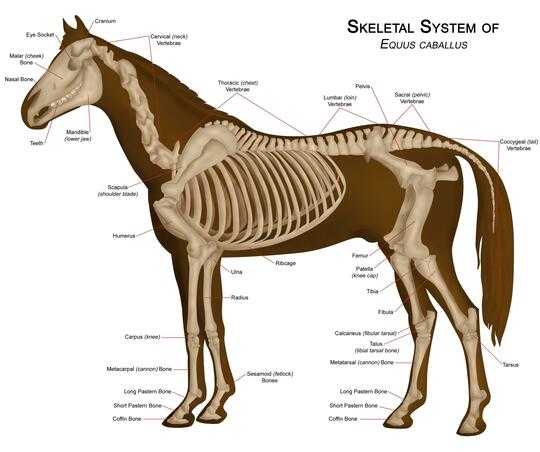You can scale them up to a certain extent, but there are a lot of limiting factors.
Weight
The main thing is increasing weight - bone and flesh and sinew and muscles no matter how thick are only able to cope with a limited amount of weight. Eventually the creature just cannot support itself against gravity.
This is one reason very large animals tend to be aquatic, the support from water reduces these problems.
This is compounded by problems of scale though. If you double the size of an animal then the following things happen:
- The bones get twice as thick (four times the cross-section).
- The animal gets eight times as heavy (as it has got twice as wide, twice as tall and twice as long).
This is known as the Square-Cube Law.
You can immediately see that this isn't sustainable, you are supporting 8 times as much weight with four times as much bone.
Up to a certain size you can compensate for this by proportionally making the bones thicker, the muscles stronger, the legs shorter. For example compare the proportions of an elephant and a horse. Look at how much thicker the legs are on an elephant.


After a certain scale you just can't do that any more, so you need to increase the strength of the material used to make bones - which would have other evolutionary costs and is still limited - or fundamentally change the design of the creature. For example multiple legs on a long and thin body would support the weight, but raises the question of what the long and thin body is for. Is there any evolutionary advantage to dragging and supporting all that extra body around? Unless such an advantage was found then the creatures would never grow longer than they need to.
Blood Pressure
As animals grow larger it becomes harder and harder to pump blood around and get it where it needs to be. The heart has to grow larger and work harder or you would need to have and synchronize multiple hearts.
Giraffes for example both have twice our blood pressure and have special muscles in their necks to keep blood flowing to the brain. This allows them to stay conscious even when they put their head to the ground to drink then raise it into a tree to feed.
Reflexes
It takes time for signals to travel along nerves, the very fastest send signals at 250mph but most are much slower. If an animal grows too large there will be a substantial time lag between stimulus and response. Either that or you need localized decision centers and at that point you need to start deciding whether you still have one creature with multiple brains and hearts or a colony of separate but inter-dependent creatures.
Heat
Another consequence of the Squre-Cubed Law is heating. The largest mammals have large ears and need to rest or get into water often to avoid overheating, while the smallest mammals have to almost constantly eat and move to keep their body temperature from dropping too low. This is because the surface area of the body which loses heat is increasing based on the square of the size, while the volume of the body which is generating heat is increasing based on the cube of the size.


3
I suggest reading "On Being the Right Size" by J. B. S. Haldane: http://irl.cs.ucla.edu/papers/right-size.html
– bdsl – 2015-02-02T15:13:58.6331You know this is almost a meta topic of whether this model of answering works... – Liath – 2014-09-19T08:04:30.773
3I know I've seen a popular-science-magazine article recently that dealt with this exactly. I'll see if I can find it during the weekend. In the meantime, the gist was that no, you cannot simply scale animals up in size, IIRC because the stresses placed on various parts of the body for supporting the weight of certain parts of the body becomes a limiting factor, along with the ability to oxygenate and circulate the blood. – a CVn – 2014-09-19T08:05:12.590